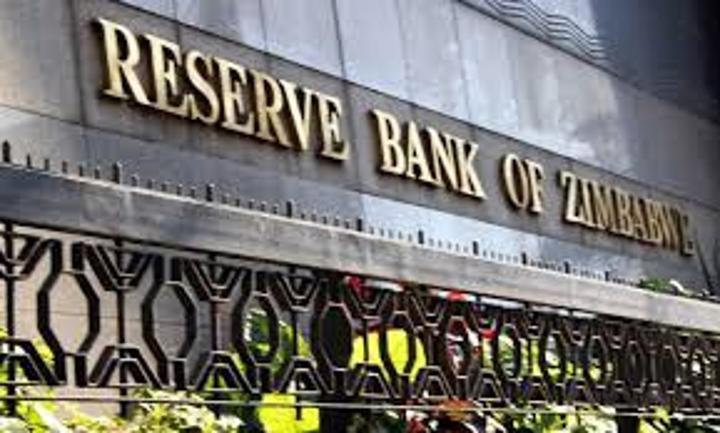Africa-Press – Zimbabwe. ZIMBABWEANS are surrendering their beds and fridges in a desperate bid to survive.
This is not a metaphor for hardship — it is a statistic in the Reserve Bank of Zimbabwe (RBZ)’s 2025 Mid-Term Monetary Policy Statement (MPS) released recently.
As of June 30, household goods topped the list of collateral for small loans, ahead of cars and farming equipment.
More than 4 000 household items are currently pledged in the Collateral Registry, often in exchange for modest sums that barely last a month.
This is the face of a cash-starved economy.
It is not the story of reckless borrowing, but of families with no alternative to maintain food on the table.
Wages are stagnant, inflation is relentless and formal credit is a luxury.
In this vacuum, microfinance institutions and even banks have stepped in, offering loans backed by the few assets people have left — and charging interest rates that, in some cases, climb to an eye-watering 25% per month.
The RBZ is right to worry about the predatory nature of such lending.
In the MPS, the RBZ mentioned how it is taking steps to tighten regulation, punish abusive practices and enforce consumer protection.
But there is a bigger, more dangerous contradiction at play: RBZ is maintaining a hawkish monetary policy to preserve the value of the Zimbabwe Gold (ZiG), yet the very policy is stifling the economic growth needed for that stability to endure.
Since its launch, the ZiG has been propped up by tight liquidity controls, high interest rates and strict measures on money supply.
These policies have, to RBZ’s credit, kept the currency’s exchange rate relatively stable — a rare feat in Zimbabwe’s turbulent monetary history. But stability achieved through suffocating credit is not sustainable.
When businesses cannot borrow to expand, when consumers cannot finance purchases without risking their beds as collateral and when banks make their best returns by lending to desperate households at punitive rates, the economy does not grow — it shrinks.
Without growth, no currency can maintain stability for long.
A hawkish policy works when it is paired with robust investment, rising productivity and growing incomes.
Zimbabwe has none of these in meaningful measure.
The private sector is in survival mode, capital formation is anaemic and the informal economy — which escapes most formal credit channels — now makes up over three-quarters of economic activity.
A tightly controlled exchange rate may create an illusion of stability, but it distorts market signals and discourages both exporters and investors who fear they may be forced to trade at an artificial rate.
Over time, this builds pressure for a parallel market, undermining the very stability policymakers are trying to protect.
At the same time, starving the economy of liquidity to defend the currency deprives businesses of the capital they need to produce, hire labour and expand.
When money becomes too scarce, transactions slow, tax revenues fall, and the productive base of the economy erodes — making currency stability even harder to sustain.
And no amount of ‘aggressive’ tax collection will fix this especially since the source of the revenue only makes up less than a quarter of all economic activity, that is, the formal sector.
In theory, RBZ’s approach is textbookish: restrain money supply, anchor inflation expectations and defend the currency’s value.
In practice, the human cost is steep.
For households, access to affordable credit is not about speculation or luxury — it’s about smoothing income in an economy where paydays are unpredictable, prices rise daily and formal job opportunities are scarce.
By keeping liquidity so tight that people resort to pawning their beds for school fees or groceries, monetary authorities risk undermining the very social stability needed for sustained economic recovery.
Desperation-driven borrowing at high interest rates often leads to asset loss, deepening poverty and long-term exclusion from formal finance.
For the ZiG to survive as a credible currency, it must be backed by a growing economy — one that creates jobs, attracts investment and expands the tax base.
This requires a shift from pure currency defence to a balanced policy mix: moderate interest rates that allow productive lending, targeted credit support for key sectors and reforms that draw the informal economy into the tax and credit net.
Without this pivot, the ZiG risks becoming another chapter in Zimbabwe’s long history of short-lived currencies — briefly stable, subsequently overwhelmed by the economic realities it failed to nurture.
Stability without growth is like a house without a foundation.
It may stand for a season, but it will eventually collapse under the weight of the pressures beneath it.
For More News And Analysis About Zimbabwe Follow Africa-Press






